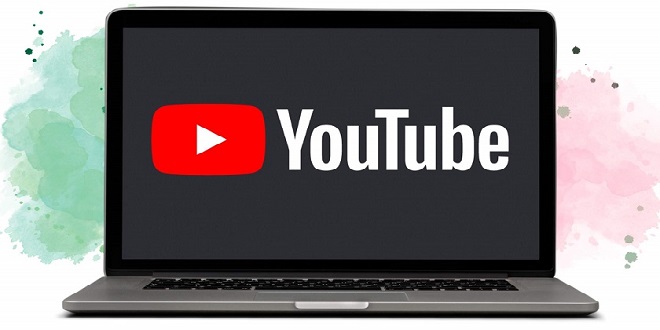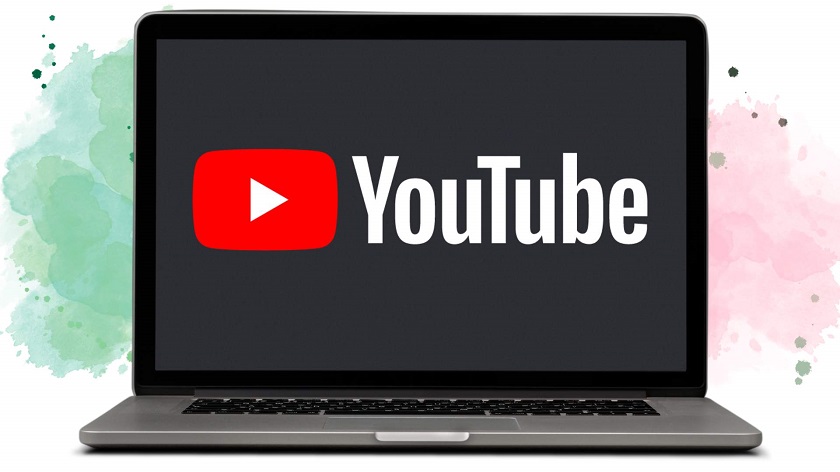
In response to the ever-evolving landscape of medical information – and the proliferation of misinformation – on YouTube, Google has taken proactive steps to continually refine and update its community guidelines.
YouTube is set to streamline its numerous existing medical misinformation guidelines into three primary categories: Prevention, Treatment, and Denial.

Under the “Prevention” category, YouTube will remove content that contradicts established methods for preventing and controlling health conditions. This includes misinformation related to harmful substances and practices as preventative measures, such as the promotion of the Miracle Mineral Solution (MMS), false claims of guaranteed prevention methods for COVID-19, baseless assertions linking the MMR vaccine to autism, and content suggesting that COVID-19 is caused by radiation from 5G networks.
In the “Treatment” category, YouTube will delete content that contradicts recognized medical treatments for health conditions. For example, content endorsing unproven methods like caesium chloride (cesium salts), hoxsey therapy, or coffee enemas for cancer treatment, outside of clinical trials, will be removed.
Lastly, the “Denial” category addresses content that disputes the existence of a health condition. For instance, any content denying the existence of COVID-19 or claiming that COVID-19-related deaths are non-existent will be taken down from YouTube.
One pertinent example of YouTube’s action relates to cancer. Patients diagnosed with cancer and their loved ones often turn to the platform for information on the illness, treatment options, and support groups. YouTube’s medical guidelines aim to safeguard these individuals from misinformation, such as myths suggesting that breast cancer exclusively affects women or promoting the purported benefits of herbal and dietary supplements over chemotherapy.
In addition to the guidelines, YouTube intends to curate playlists featuring cancer-related videos in partnership with the Mayo Clinic to provide informational content. While some exceptions to the guidelines exist, such as videos of public interest, YouTube assures its audience that these exceptions will be closely monitored and, if necessary, subject to age restrictions.
The three defined categories serve as a foundational framework for the development of guidelines as new medical information emerges. By continuously monitoring guidance from local and global health authorities, YouTube can adapt its policies accordingly. This approach aims to inform content creators about the boundaries of acceptable content and build trust among viewers regarding the health information available on the platform.
This effort not only enhances clarity for future policy development but also reinforces YouTube’s position as a reputable source for high-quality medical information by establishing a transparent evaluation framework for the inclusion of various diseases or conditions in the future.







